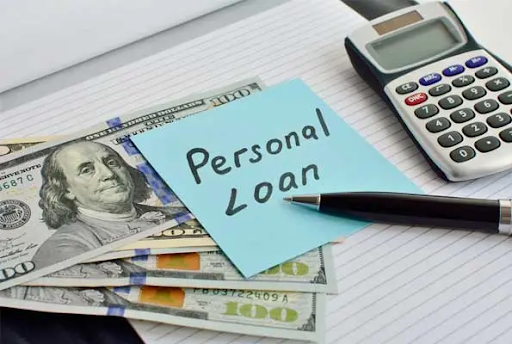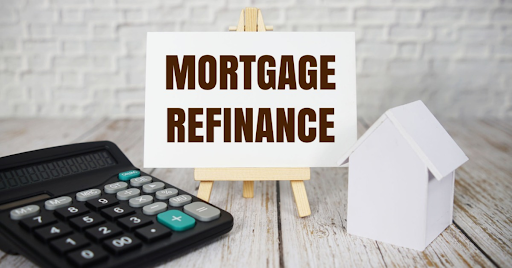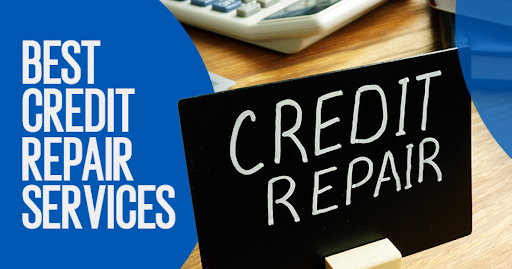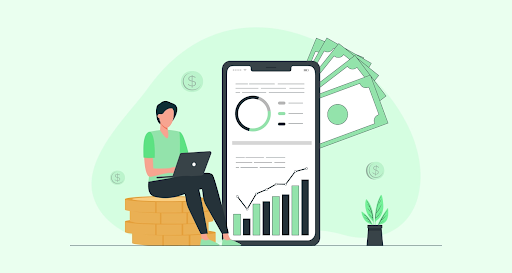In the realm of personal finance management, loans can be powerful tools to achieve various goals – from consolidating high-interest debt to financing a home renovation or covering unexpected expenses. However, the true cost of a personal loan is heavily influenced by its interest rate. Understanding what drives these rates and how to secure the most favorable terms is crucial for making smart borrowing decisions.
This article will break down the key factors that influence personal loan rates, provide insights into current market trends (as of mid-2025), and offer actionable strategies to help you get the best possible rate for your financial needs.
What Are Personal Loan Rates?
A personal loan interest rate is the cost of borrowing money, expressed as a percentage of the loan amount. This rate, often presented as an Annual Percentage Rate (APR), includes both the interest charged by the lender and any additional fees, giving you a more complete picture of the total cost of the loan over a year. A lower APR means less money spent on interest and a more affordable loan overall.
Key Factors That Influence Your Personal Loan Rate
Lenders assess several critical factors to determine the interest rate they offer you. Understanding these elements empowers you to take steps to improve your chances of securing a lower rate:

- Credit Score:
- The Big One: Your credit score is arguably the most significant factor. It’s a numerical representation of your creditworthiness and repayment history. Lenders view a higher credit score (typically 700+) as an indicator of lower risk, making you eligible for more competitive rates. Conversely, a lower score suggests higher risk, leading to higher interest rates or even loan rejection.
- Debt-to-Income (DTI) Ratio:
- Your Financial Balance: This ratio compares your total monthly debt payments (including the prospective loan) to your gross monthly income. Lenders prefer a lower DTI, as it indicates you have sufficient disposable income to comfortably manage additional debt. A DTI of 50% or less is often preferred.
- Loan Amount and Loan Term:
- Size and Duration Matter: Generally, larger loan amounts and longer loan terms can carry slightly higher interest rates, as they represent a longer period of risk for the lender. However, a shorter loan term, while potentially having a higher monthly payment, usually results in less total interest paid over the life of the loan.
- Income and Employment Stability:
- Proof of Repayment Ability: Lenders look for a stable source of income and consistent employment history. A steady job and verifiable income demonstrate your ability to make regular loan payments, making you a more attractive borrower.
- Type of Lender:
- Shop Around: Different lenders have different rate structures and target demographics.
- Banks: Traditional banks may offer competitive rates, especially if you have an existing relationship.
- Credit Unions: Often known for lower rates and more flexible terms, particularly for their members.
- Online Lenders: Many online lenders offer fast approvals and highly competitive rates, often specializing in specific credit tiers.
- Shop Around: Different lenders have different rate structures and target demographics.
- Market Conditions:
- Economic Climate: Broader economic factors, such as the Federal Reserve’s benchmark interest rates, influence personal loan rates. When overall interest rates in the economy rise or fall, personal loan rates tend to follow suit. As of mid-2025, economic uncertainty can keep rates somewhat elevated, though for well-qualified borrowers, competitive rates remain available.
Average Personal Loan Rates in Mid-2025
While rates are highly personalized, here’s a general snapshot as of July 2025:
- Average personal loan interest rates can vary significantly, with some data points showing averages around 12.65% to 26.51% APR, depending on the source and the credit profiles included in the average.
- For borrowers with excellent credit (FICO scores typically 720+), minimum APRs can be as low as 6.49% to 8.99%, particularly with certain online lenders or credit unions.
- Those with lower credit scores (e.g., below 660) should expect significantly higher rates, potentially exceeding 30% or even higher, reflecting the increased risk to the lender.
Strategies to Secure the Best Personal Loan Rates
Don’t just accept the first offer you receive! Proactive steps can significantly lower your borrowing costs:

- Boost Your Credit Score: This is paramount.
- Pay all bills on time, every time.
- Keep credit utilization low (below 30% of your credit limits).
- Address any errors on your credit report immediately.
- Avoid opening too many new credit accounts at once.
- Reduce Your Debt-to-Income Ratio: Before applying, try to pay down existing debts to demonstrate stronger repayment capacity.
- Shop Around Extensively: Compare offers from multiple lenders – banks, credit unions, and online platforms. Many offer “pre-qualification” with a soft credit inquiry that won’t harm your score.
- Consider a Shorter Loan Term: If your budget allows for higher monthly payments, a shorter term often comes with a lower interest rate and significantly reduces the total interest paid over the life of the loan.
- Apply with a Co-signer (If Necessary): If your credit isn’t ideal, a co-signer with excellent credit can help you qualify for a much lower rate. However, remember this person is equally responsible for the debt.
- Explore Secured Personal Loans: If you have assets like a savings account or a certificate of deposit, some lenders offer secured personal loans. These are backed by collateral and typically come with lower interest rates due to reduced risk for the lender.
- Set Up Automatic Payments: Many lenders offer a small interest rate discount (e.g., 0.25%) for enrolling in autopay.
- Negotiate: Especially if you have a strong credit profile or existing relationship with a lender, don’t be afraid to ask if they can match or beat a competitive offer you’ve received elsewhere.
Conclusion
Understanding personal loan rates is a critical component of effective personal finance management. While the market influences general rate trends, your individual financial health – particularly your credit score and debt-to-income ratio – will be the most significant determinants of the rate you receive.
By taking proactive steps to improve your creditworthiness, diligently comparing offers from various lenders, and choosing loan terms that align with your budget and financial goals, you can secure the most favorable personal loan rates available. This not only reduces the overall cost of borrowing but also contributes to your long-term financial stability. Approach personal loans with knowledge and strategy, and you’ll be well on your way to achieving your financial objectives responsibly.










